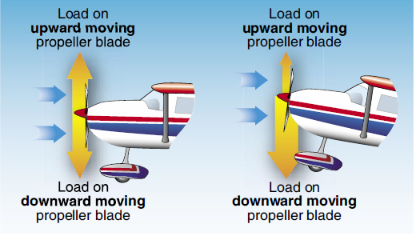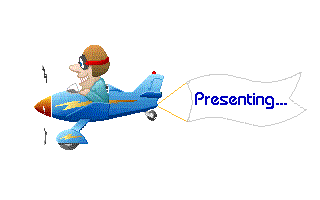When an aircraft is flying with a high angle of attack (AOA), the "bite" of the downward moving blade is greater than the "bite" of the upward moving blade. This moves the center of thrust to the right disc area, causing a yawing moment toward the left around a vertical axis.
When the plane is flying at the same high angle of attack (the angle of the plane relative to the wind which is coming in at it), the downward moving blade has a higher resultant velocity, creating more lift than the upward moving blade.
See picture below. When the plane is at a low AOA the load on upward and downward moving blades are equal. But as the second picture shows, at a high AOA, the load on the downward blade is higher than that of the upward moving blade. Both instances the wind is hitting the propeller from the front.

Since the propeller is an airfoil, an increased velocity means increased lift. The down swinging blade (viewed from the rear) has more lift and tends to pull (yaw) the aircraft's nose to the left.
The effects of each of the 4 elements has a different value with changes to the flight situation. When the plan is climbing, will be different than when the plane descending. It also varies with each different aircraft, airframe, engine, or propeller combinations. The pilot in order to maintain flight control, must use the controls to compensate for these varying values.


No comments:
Post a Comment